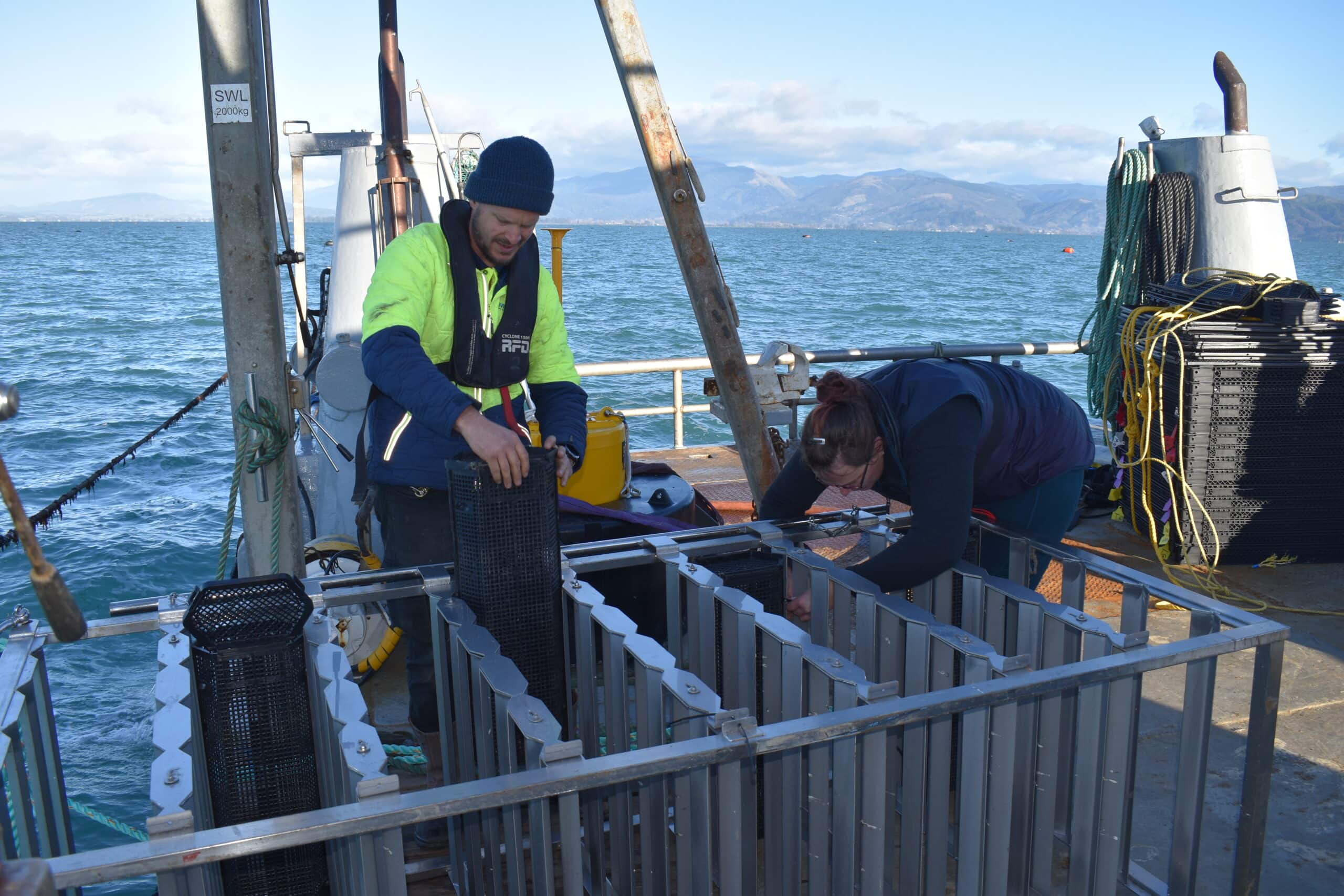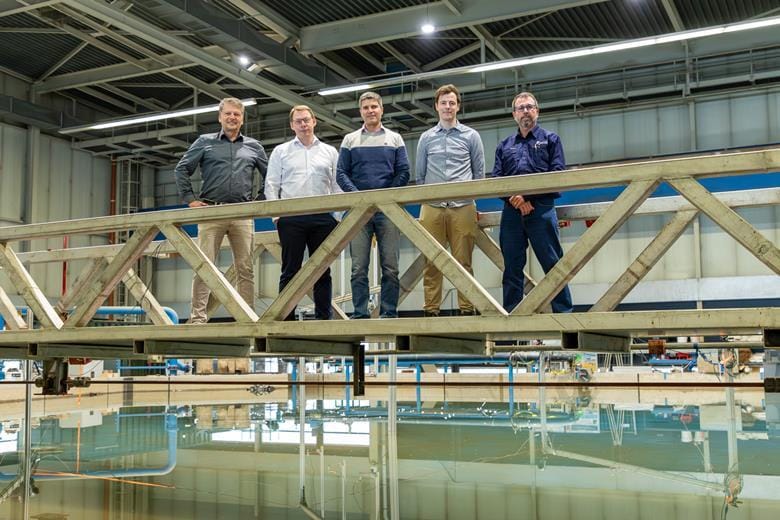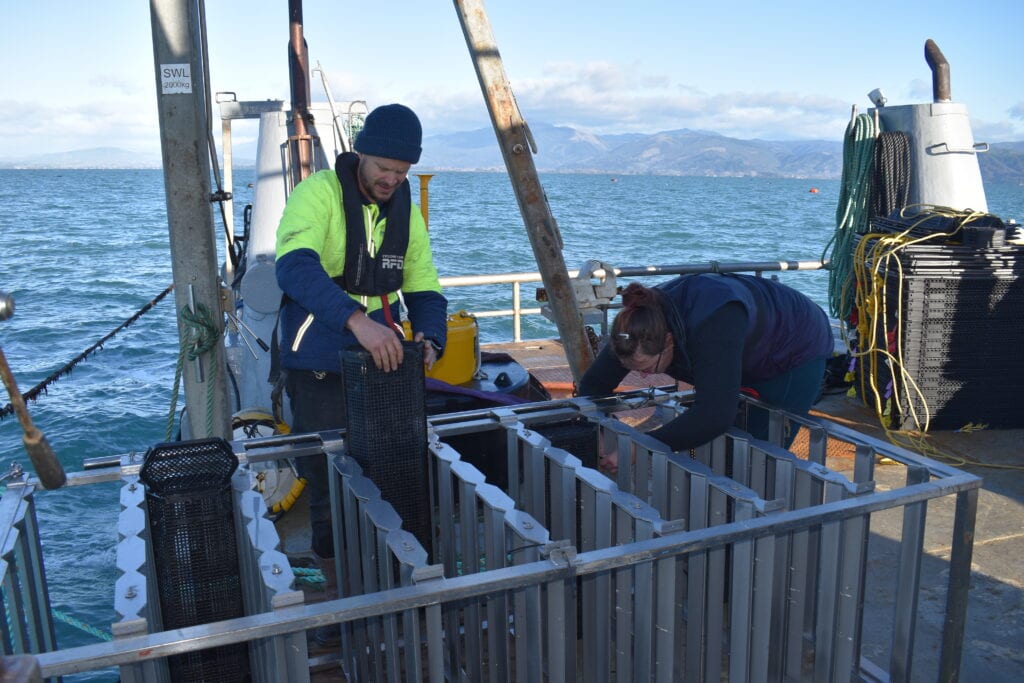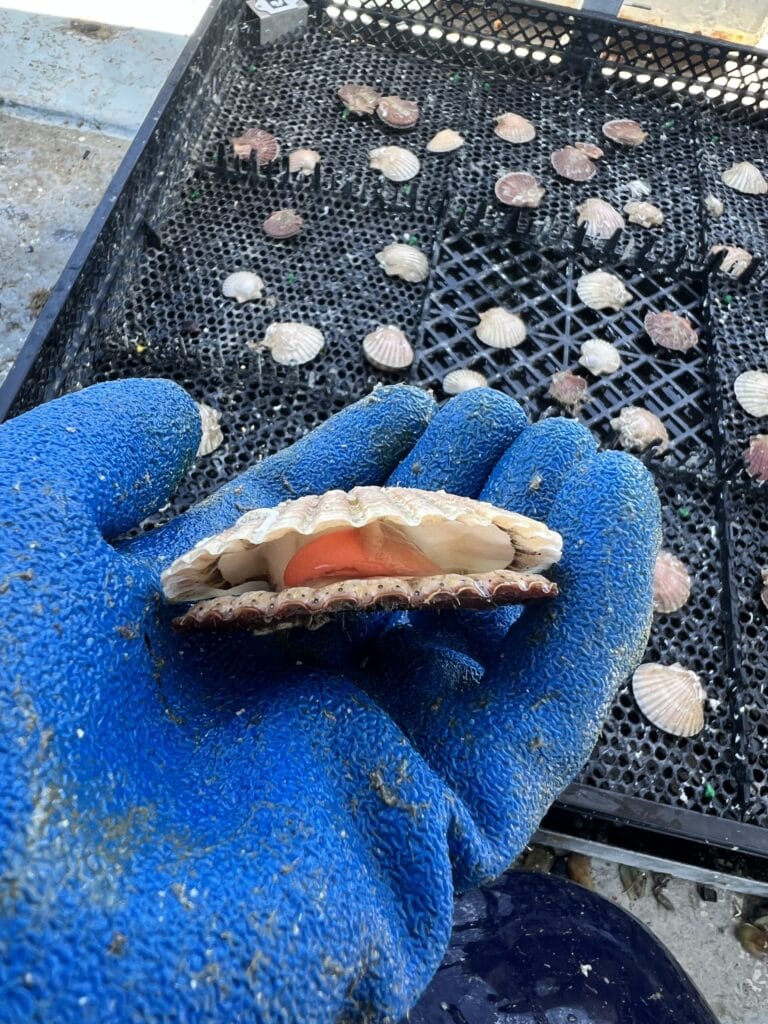How deep is too deep for growing seaweed? And does the direction seaweed lines face actually matter? These are the kinds of questions PhD student Ashton Budd is helping answer through his research on Lessonia variegata, a native New Zealand seaweed species.
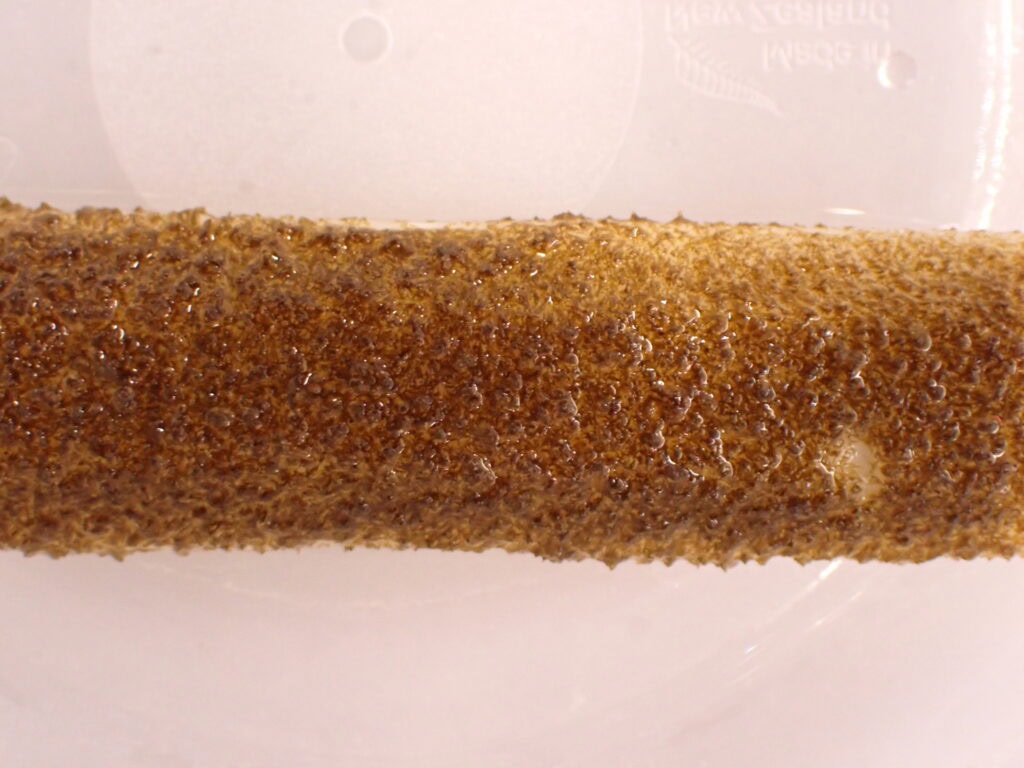
As part of the Open Ocean Aquaculture (OOA) project in Tasman Bay, Ashton has been exploring how different depths and orientations affect seaweed growth. He tested seaweed lines in multiple situations — horizontal (parallel and perpendicular to currents), vertical, and angled — to see which setups worked best.
The results? Depth does make a difference, with seaweed growing better in shallower zones where more light is available. Even more interestingly, horizontal lines outperformed angled and vertical ones, likely because they stay in the “light sweet spot” for longer during the day. More than that you will have to wait for Ashtons PhD Thesis and his publications, (watch this space).
This is where the Cawthron-developed PAR sensors come in. Ashton’s work is now being matched with detailed PAR (Photosynthetically Active Radiation) data to understand exactly how much light the seaweed is getting at each depth and position.
Together, these tools are helping paint a clearer picture of how seaweed behaves in open ocean environments — something that hasn’t been well understood until now. With the help of submergible low-cost PAR sensors that automatically clean themselves and store data internally, we’re now able to measure light conditions at seaweed farms more easily and accurately.
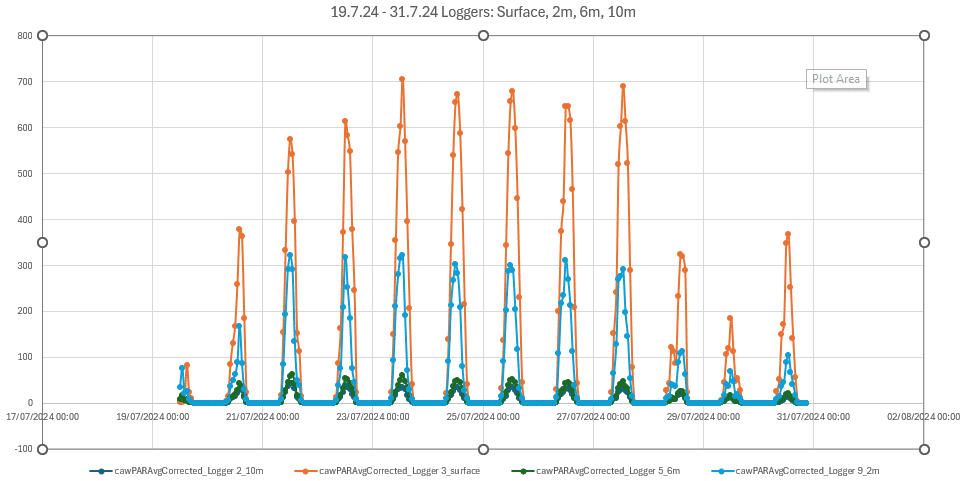
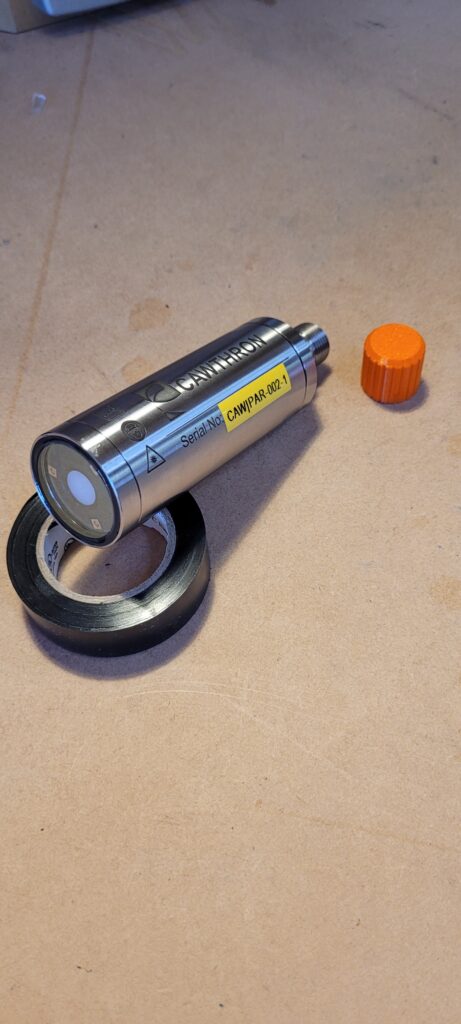
Contact Paul Barter
Team Leader, R&D Engineering and Blue Technology, Cawthron Institute
Image Caption
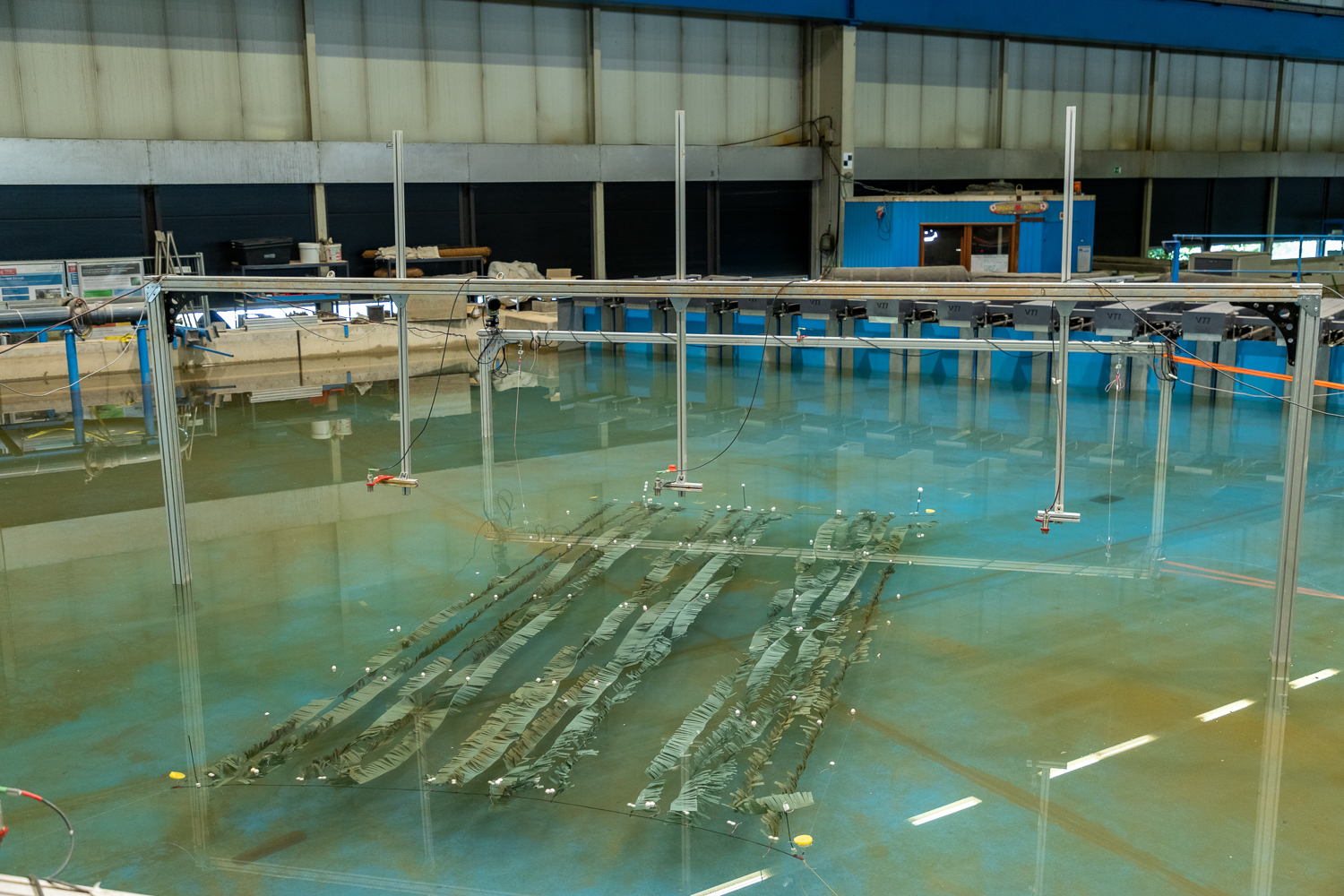
Image Caption
Why does this matter?
For commercial seaweed farming, these insights are crucial. They help farmers:
- Choose the best depths for growing seaweed
- Select line configurations that maximise light exposure and crop yield
- Assess potential farm sites with real environmental data
As we continue to explore the potential of seaweed for food, materials, and climate resilience, tools like PAR sensors — and the research they support — are laying the groundwork for smarter, more productive farms.
This research shows what’s possible when technology and science work together to support innovation in the blue economy.

